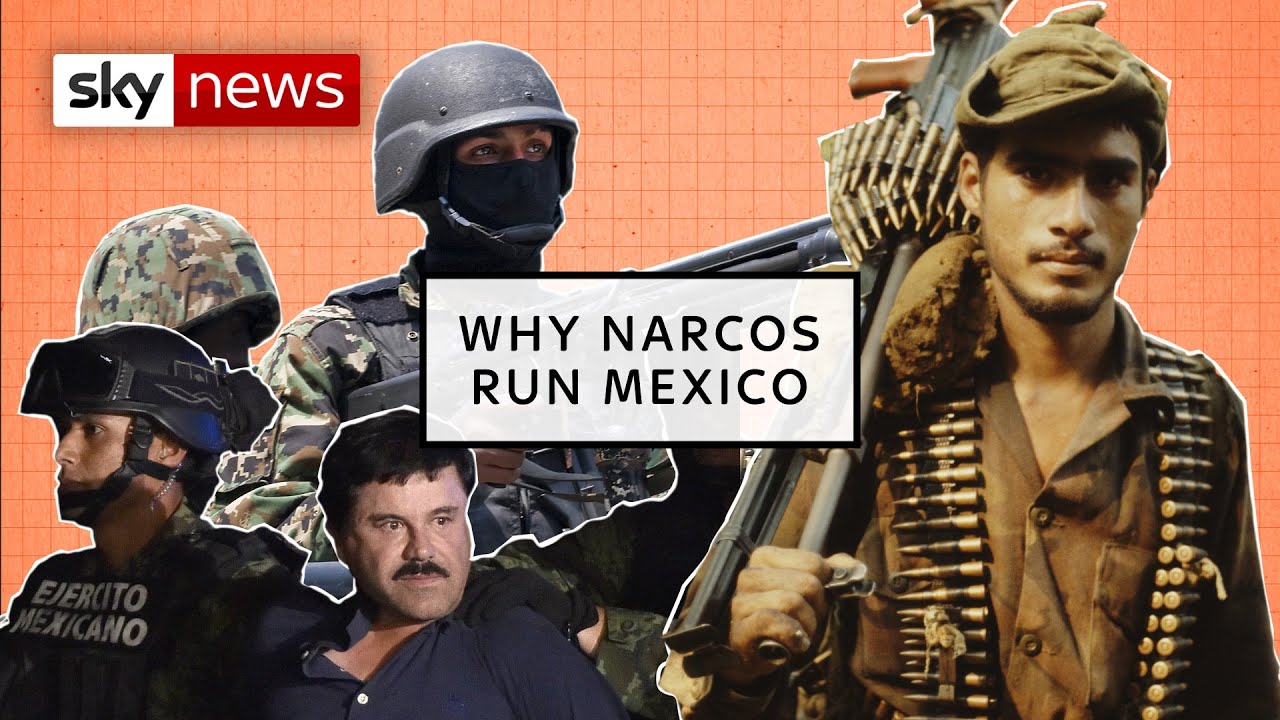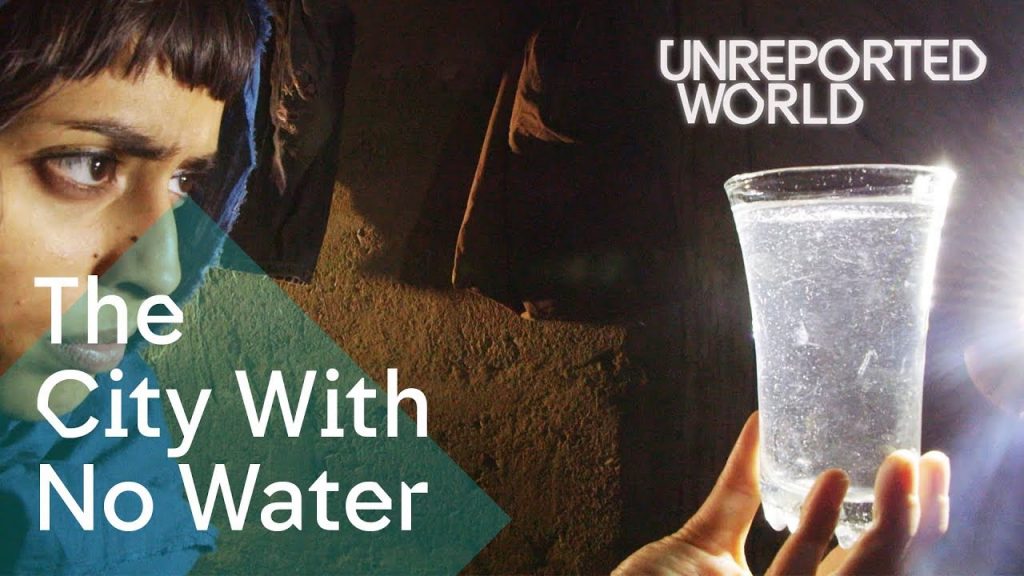Explained: How did Narcos take control of Mexico?

The biggest consumer of legal and illegal drugs in the world is the USA.
This is how the narcos took control of Mexico and created the biggest and most violent illegal drug route in the world.
What is the main source of demand for illegal drugs in Mexico and how has it contributed to the rise of drug cartels?
In recent years, Mexico has been plagued by violence and crime related to drug trafficking. Despite the efforts of the Mexican government to curb the power of drug cartels, they continue to hold a significant amount of control and influence over the country. One such cartel that has gained notoriety is the Sinaloa Cartel, which was featured in the popular Netflix series Narcos.
So how did Narcos take control of Mexico? The answer to that question is complex and multifaceted, but there are several key factors that contributed to the rise of drug cartels in Mexico.
First and foremost is the demand for illicit drugs in the United States. According to the US State Department, Americans are the largest consumers of illegal drugs in the world, with Mexico being a major source of those drugs. The vast amounts of money generated by this demand have allowed drug cartels to build powerful networks and infrastructure in Mexico, including extensive distribution channels and corruption of law enforcement and government officials.
Another factor is Mexico’s proximity to the US, which has made it a key transit point for drugs entering America. The country’s long and porous border, combined with its weak law enforcement agencies and rampant corruption, have created an ideal environment for drug trafficking.
The emergence of the Sinaloa Cartel, led by infamous drug lord Joaquín “El Chapo” Guzmán, was also a crucial development. El Chapo rose to notoriety in the early 2000s by taking advantage of the power vacuum left by the downfall of other drug lords. He proved to be a shrewd operator, expanding his cartel’s reach through a combination of violence, intimidation, and bribery.
El Chapo’s rise to dominance coincided with the Mexican government’s decision to adopt a more aggressive approach to drug trafficking. In 2006, then-President Felipe Calderón launched a military-led crackdown on drug cartels, known as the “War on Drugs.” This move only intensified violence in the country, as cartels fought back against government forces and each other.
Despite the capture and extradition of El Chapo, the Sinaloa Cartel remains a major player in the Mexican drug trade. Other cartels, such as the Jalisco New Generation Cartel, have also risen to prominence in recent years, further complicating the situation.
It is clear that the issue of drug trafficking and cartel violence in Mexico is a complex one, with no easy solutions. The country’s location, weak institutions, and high demand for drugs in the US have all contributed to the power and influence of drug cartels. Only through addressing these underlying issues can Mexico hope to bring an end to this ongoing crisis.









How To Turn Salt Water Into Fresh Water
Woodturning – Hawthorn Root Lamp
SNOLAB: Inside the Dark Matter Lab Buried Over a Mile Underground
The Iconic $40 MILLION Penthouse Triplex at 150 Central Park South
Inside The US Government’s Top-Secret Bioweapons Lab